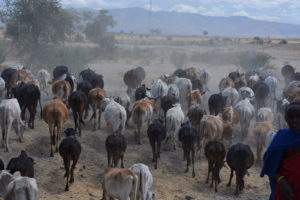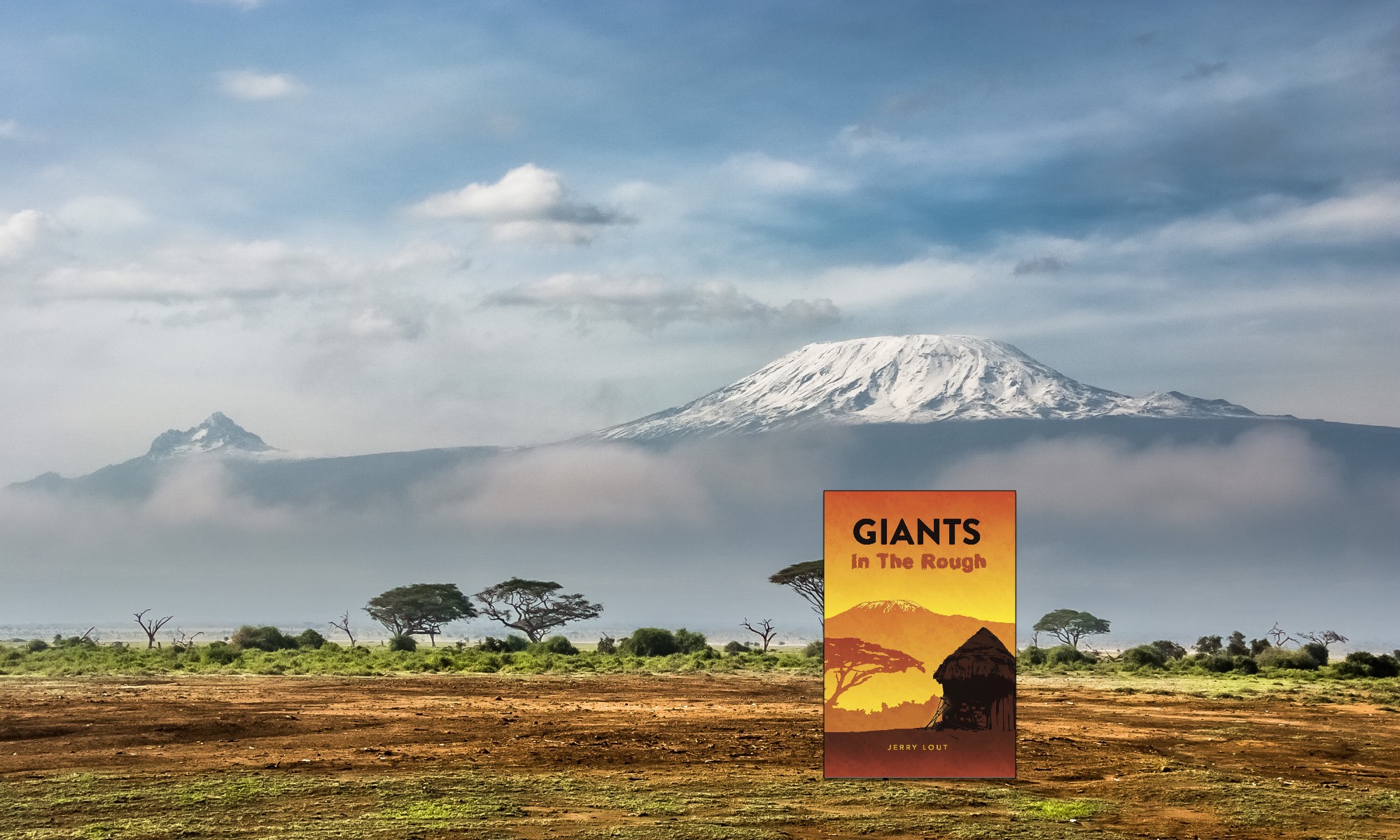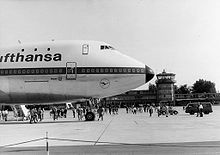
There in the African Savannah where acacia trees with their flat-topped enchanting forms dot the landscape, an adolescent boy, a humble cattle-tender, was cornered by thieving attackers. He made a futile attempt to seek refuge among his father’s herd of semi-nourished cows – the bounty his attackers pursued. Horrifying moments raced like short distance sprinters toward the finish tape until the boy was seized and beaten to death by these neighboring tribal warriors.
Once I heard the news, words like heartless and senseless quickly sprang to my young missionary mind.
In the worldview of the tribesmen who had slain the boy for his father’s cows, there was nothing senseless about their deed. For generations nomadic lore had dictated that all cattle were created by God as a gift for their people. Any means to retrieve what was rightfully theirs was deemed acceptable. The “retrieving of cattle” was, to them in fact, a kind of calling.
Pastor Nashon had first been alerted of his young brother’s death by the high-pitched wailing of nearby village women. Afterwards, through grapevine media common to rural Africa, word of the tragedy reached our mission station several miles to the west.
Mounting my orange and aging Suzuki dirt-bike, I ran my helmet strap through the cinch ring, securing it snugly beneath my chin. Pastor Nashon needed a friend nearby – even a recent friend whose culture and land were radically different from his own. I hoped to somehow be such a friend.
Mindful of an involuntary tensing of my eyebrows I tried to push back my growing sense of inadequacy. Comforting loved ones who’ve experience the quiet and expected demise of, say, an aged and dear family member can be daunting enough. But this defied categories.
What shall I say an hour from now once my piki-piki is brought to a dusty halt and I enter the humble, thatch-roofed hut? How do I myself process such news, much less console the grieving young pastor whose brother’s life had so recently been brutally taken?
***
“Bwana asifiwe.” Nashon, only barely my junior gave a warm smile as he offered the Swahili greeting, “the Lord be praised”. Though a common greeting among believers, the words seemed specially poignant (maybe less than fitting? I thought).
I quietly entered the dirt-floor hut which was poised on a high ridge along the Great Rift Valley. I took the seat my young host offered. My senses caught the flavor of steaming, charcoal-heated chai, its vapors loitering above the fresh-washed mug now extended my way.
What followed altered my world forever.
©2017 Jerry Lout
Photo by Dave Butler http://bit.ly/2pQV0TF


